Home>Construction & Tools>Building Materials>How To Inspect Stucco
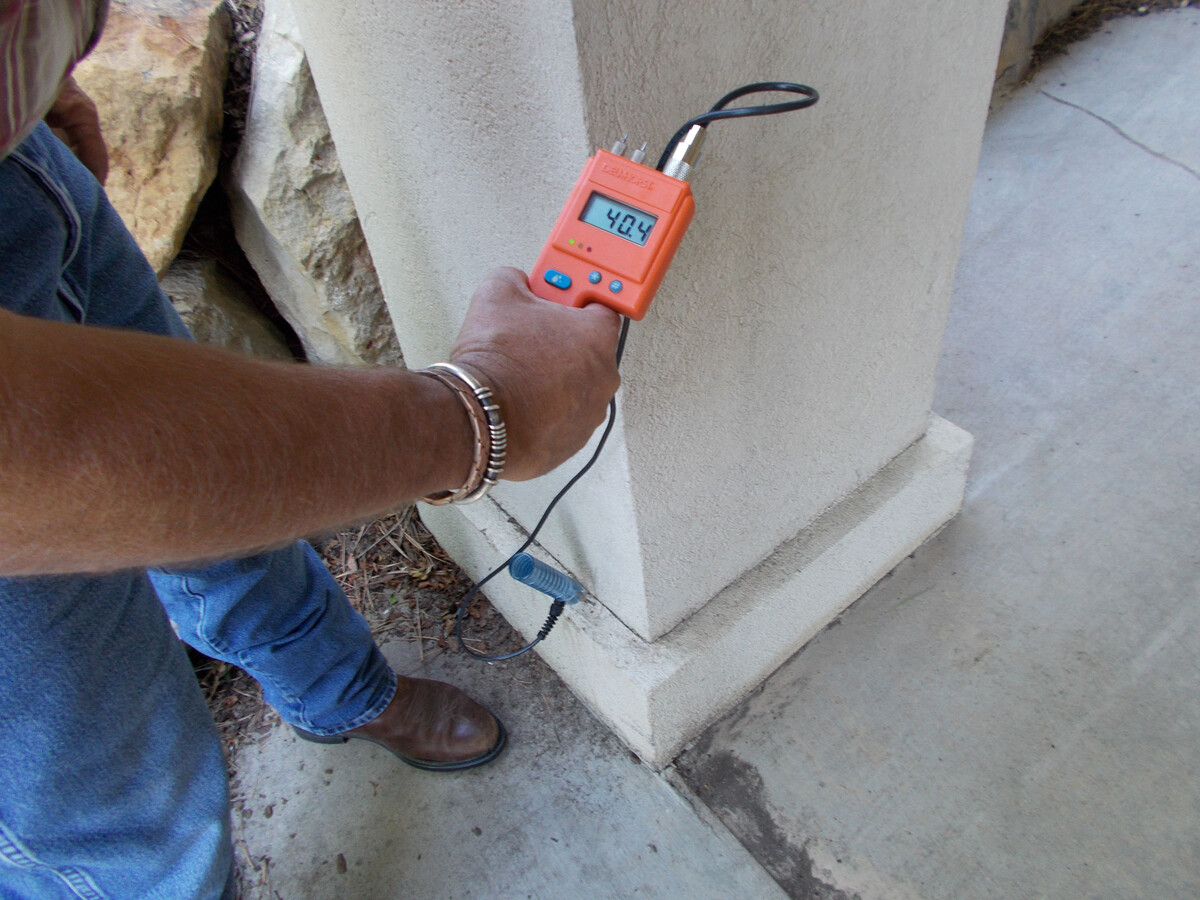

Building Materials
How To Inspect Stucco
Published: January 17, 2024
Learn how to properly inspect stucco, a popular building material, with our comprehensive guide. Ensure the quality and durability of your stucco installations.
(Many of the links in this article redirect to a specific reviewed product. Your purchase of these products through affiliate links helps to generate commission for Storables.com, at no extra cost. Learn more)
**
Introduction
**
Welcome to the world of stucco, a versatile and durable building material that has been used for centuries to enhance the aesthetics and durability of structures. Whether you are a homeowner, a real estate professional, or a building inspector, understanding how to inspect stucco is crucial for maintaining the integrity and value of a property.
Stucco, a mixture of cement, sand, and water, offers a visually appealing and weather-resistant finish to both interior and exterior surfaces. Its versatility allows for various textures and colors, making it a popular choice for architectural designs. However, like any building material, stucco is susceptible to wear and tear over time, especially when exposed to the elements.
In this comprehensive guide, we will delve into the intricacies of stucco inspection, equipping you with the knowledge and tools necessary to assess the condition of stucco installations. Whether you are evaluating a property for potential issues or simply maintaining your own home, this guide will provide valuable insights into identifying common stucco problems and ensuring the longevity of stucco surfaces.
Let's embark on a journey to unravel the nuances of stucco inspection, empowering you to make informed decisions and take proactive measures in preserving the beauty and integrity of stucco-clad structures.
**
Key Takeaways:
- Stucco, a durable building material, requires regular inspection to identify and address common issues like cracking, delamination, and efflorescence, ensuring the longevity and beauty of stucco-clad structures.
- Equipping yourself with the right tools and materials, such as a moisture meter and caulk, is essential for conducting a thorough stucco inspection and maintaining the structural integrity and visual appeal of stucco surfaces.
Read more: How Much Should Stucco Repair Cost
Understanding Stucco
**
Stucco, a time-honored building material, is a versatile and enduring choice for both interior and exterior surfaces. Composed of cement, sand, lime, and water, this mixture forms a hard, durable coating that can be applied to various substrates, including wood, metal lath, or masonry. The application process involves layering the stucco mixture over a supportive framework, often creating textured or patterned finishes to achieve the desired aesthetic appeal.
Stucco's resilience and adaptability make it an ideal choice for architectural designs, offering a seamless and weather-resistant exterior finish. Its ability to withstand diverse climates, including extreme heat and cold, makes it a popular option for homes and commercial buildings alike.
Understanding the composition and application of stucco is essential for effective inspection. By grasping the fundamental characteristics of stucco, inspectors and homeowners can better identify potential issues and ensure proper maintenance.
Stucco is a porous material, allowing it to breathe and release moisture, which is crucial for preventing water damage and mold growth within the walls. However, this porosity also makes stucco susceptible to water infiltration, especially if cracks or gaps develop in the surface. Therefore, regular inspection and maintenance are vital for preserving the structural integrity and aesthetic appeal of stucco-clad structures.
Additionally, understanding the different types of stucco finishes, such as smooth, textured, or patterned, can provide valuable insights during the inspection process. Each finish has its unique characteristics and maintenance requirements, and being familiar with these distinctions can aid in identifying potential issues and determining the appropriate course of action.
Ultimately, comprehending the nature of stucco, from its composition to its application and finishes, forms the foundation for effective inspection and maintenance. By gaining insight into the intricacies of this time-tested building material, individuals can confidently assess stucco surfaces and address any concerns, ensuring the long-term durability and visual appeal of stucco-clad structures.
**
Tools and Materials
**
Conducting a thorough stucco inspection requires the use of specific tools and materials to effectively assess the condition of the stucco surface. Whether you are a professional inspector or a homeowner performing routine maintenance, having the right equipment at your disposal is essential for a comprehensive evaluation.
Here are some essential tools and materials for inspecting stucco:
Tools:
-
Flashlight: A powerful flashlight is indispensable for illuminating hard-to-reach areas and identifying potential cracks or damage on the stucco surface, especially in dimly lit spaces or shaded areas.
-
Moisture Meter: This tool is crucial for detecting any moisture intrusion beneath the stucco surface, helping to identify areas of concern where water infiltration may be occurring.
-
Hammer and Screwdriver: These basic tools are used to gently tap on the stucco surface and assess its soundness. A hollow or delaminated sound may indicate a problem beneath the stucco layer.
-
Binoculars or a Drone: For inspecting high or hard-to-reach areas, binoculars or a drone can provide a closer view without the need for ladders or scaffolding, enhancing safety and efficiency.
-
Caulk and Sealant: Having caulk and sealant on hand is useful for addressing minor cracks or gaps in the stucco surface, preventing further water intrusion and damage.
Materials:
-
Protective Gear: Safety goggles, gloves, and a dust mask are essential for personal protection during the inspection, especially when working with tools or accessing elevated areas.
-
Cleaning Supplies: A soft-bristled brush, mild detergent, and a hose are necessary for cleaning the stucco surface before inspection, removing dirt, debris, and organic growth that may obscure underlying issues.
-
Touch-Up Paint: Keeping touch-up paint that matches the stucco color on hand allows for immediate remediation of minor blemishes or repairs, maintaining the visual consistency of the stucco finish.
-
Documentation Materials: A notebook, camera, or smartphone for taking notes and photographs during the inspection process, aiding in documenting findings and potential areas of concern.
By equipping yourself with the appropriate tools and materials, you can conduct a comprehensive stucco inspection, identifying and addressing any issues to ensure the long-term integrity and aesthetic appeal of stucco-clad structures.
**
Exterior Inspection
**
When inspecting the exterior stucco of a building, thoroughness and attention to detail are paramount. The exterior surface is exposed to the elements, making it susceptible to a range of issues that can compromise its integrity and visual appeal. By following a systematic approach, inspectors and homeowners can effectively assess the condition of the stucco and identify any potential problems.
Here are key steps to consider during an exterior stucco inspection:
-
Visual Assessment: Begin by visually examining the entire exterior stucco surface, looking for any discoloration, cracks, or areas of damage. Pay close attention to areas where the stucco meets other materials, such as windows, doors, and trim, as these junctions are common sites for water infiltration and damage.
-
Moisture Detection: Utilize a moisture meter to identify any areas of excessive moisture or water intrusion beneath the stucco. Focus on regions where water may accumulate, such as near the foundation or at the base of walls, as prolonged moisture exposure can lead to structural issues and mold growth.
-
Tapping Test: Use a hammer or screwdriver to gently tap on the stucco surface, listening for a solid, uniform sound. Hollow or delaminated sounds may indicate underlying problems, such as water damage or improper installation.
-
Caulking and Sealing: Inspect the caulking and sealing around windows, doors, and other penetrations, ensuring that they are intact and effectively preventing water intrusion. Address any deteriorated or missing caulking promptly to prevent further damage.
-
Cleaning and Maintenance: Clean the exterior stucco surface to remove dirt, debris, and organic growth, which can obscure underlying issues. Additionally, address any efflorescence, a white powdery deposit, by gently scrubbing the affected areas to restore the stucco’s appearance.
By systematically evaluating the exterior stucco through visual inspection, moisture detection, tapping tests, and maintenance checks, individuals can gain valuable insights into the condition of the stucco surface and take proactive measures to address any identified issues. This diligent approach contributes to the preservation and longevity of exterior stucco installations, safeguarding the structural integrity and visual appeal of the building.
**
When inspecting stucco, look for cracks, discoloration, or bulging areas, as these could indicate water damage or structural issues. Pay attention to areas around windows, doors, and rooflines, as these are common trouble spots.
Interior Inspection
**
While exterior stucco inspections are crucial for assessing a building’s overall condition, interior inspections are equally essential for identifying potential issues that may not be readily visible from the outside. Interior stucco surfaces, often found in areas such as walls and ceilings, require thorough examination to ensure their structural integrity and aesthetic appeal.
Here are key steps to consider during an interior stucco inspection:
-
Visual Examination: Begin by visually inspecting the interior stucco surfaces, looking for any cracks, discoloration, or signs of water damage. Pay particular attention to areas near plumbing fixtures, windows, and doors, as these locations are susceptible to moisture intrusion.
-
Moisture Assessment: Utilize a moisture meter to detect any elevated moisture levels within the interior stucco, especially in areas prone to water exposure, such as bathrooms, kitchens, and basements. Elevated moisture can indicate potential leaks or condensation issues that require attention.
-
Tapping and Sound Test: Use a hammer or screwdriver to gently tap on the interior stucco surfaces, listening for a solid, uniform sound. Hollow or hollow-sounding areas may indicate delamination or underlying damage that warrants further investigation.
-
Crack Identification: Document and assess any visible cracks in the interior stucco, noting their size, location, and patterns. Cracks can be indicative of structural movement, settling, or inadequate installation, and their evaluation is crucial for determining the appropriate remediation measures.
-
Cleaning and Maintenance: Clean the interior stucco surfaces to remove dust, dirt, and any potential mold or mildew growth. Address any visible efflorescence, a white powdery deposit, by gently cleaning the affected areas to restore the stucco’s appearance.
By meticulously examining the interior stucco through visual assessment, moisture detection, tapping tests, and crack identification, individuals can gain valuable insights into the condition of the stucco surfaces and proactively address any identified issues. This comprehensive approach contributes to the maintenance and longevity of interior stucco installations, ensuring the structural soundness and visual appeal of the building’s interior spaces.
**
Read more: How To Stucco A Foundation
Common Stucco Problems
**
Stucco, while renowned for its durability and aesthetic appeal, is susceptible to a range of issues that can compromise its integrity and performance over time. Identifying common stucco problems is essential for proactive maintenance and timely remediation, safeguarding the longevity and visual appeal of stucco-clad structures.
Here are some prevalent stucco problems to watch for during inspections:
-
Cracking: Cracks in stucco can result from structural movement, settling, or improper installation. These cracks may allow water infiltration, leading to further damage if left unaddressed.
-
Delamination: Delamination occurs when the stucco separates from the substrate, often due to inadequate bonding or moisture intrusion. This issue can compromise the stucco’s integrity and appearance.
-
Efflorescence: Efflorescence, a white powdery deposit on the stucco surface, is caused by the migration of soluble salts. While not inherently damaging, efflorescence can detract from the stucco’s visual appeal and indicate potential moisture-related issues.
-
Mold and Mildew: Excessive moisture within or behind the stucco can lead to mold and mildew growth, posing health risks and indicating underlying water infiltration problems that require attention.
-
Staining: Staining on the stucco surface may result from organic growth, water intrusion, or chemical reactions. Addressing the source of the staining is crucial to prevent further discoloration and potential damage.
-
Crumbled or Loose Stucco: Areas of crumbled or loose stucco may indicate underlying moisture damage, inadequate installation, or aging. These areas require prompt remediation to prevent further deterioration.
By recognizing these common stucco problems and understanding their potential causes, inspectors and homeowners can effectively identify and address issues during the inspection process. Timely remediation and proactive maintenance can mitigate the impact of these problems, preserving the structural integrity and visual appeal of stucco-clad structures.
**
Conclusion
**
As we conclude our exploration of stucco inspection, it becomes evident that a comprehensive understanding of stucco, coupled with diligent assessment and maintenance, is crucial for preserving the integrity and visual allure of stucco-clad structures. Whether inspecting the exterior or interior stucco surfaces, the meticulous evaluation of potential issues empowers individuals to take proactive measures and address concerns in a timely manner.
By embracing the nuances of stucco composition, application, and common problems, inspectors and homeowners alike can navigate the inspection process with confidence and thoroughness. The utilization of specialized tools, such as moisture meters and tapping implements, enhances the precision of the inspection, enabling the identification of subtle signs of damage or deterioration.
Furthermore, the recognition of common stucco problems, including cracking, delamination, and efflorescence, equips individuals with the knowledge to discern potential issues and initiate appropriate remediation strategies. This proactive approach not only safeguards the structural soundness of stucco-clad structures but also contributes to their long-term durability and aesthetic appeal.
As stewards of stucco-clad properties, it is imperative to embrace a proactive mindset, viewing stucco inspection as a fundamental aspect of property maintenance and care. Regular inspections, coupled with prompt remediation of identified issues, serve as a cornerstone for preserving the timeless elegance and resilience of stucco surfaces.
In essence, stucco inspection transcends a mere evaluation process; it embodies a commitment to the preservation of architectural beauty and structural integrity. By harnessing the insights and techniques presented in this guide, individuals are poised to embark on a journey of conscientious stucco inspection, ensuring that stucco-clad structures stand the test of time with unwavering grace and strength.
May this guide serve as a beacon of knowledge and inspiration, guiding you in your endeavor to safeguard the timeless allure and durability of stucco-clad structures through the art of meticulous inspection and proactive maintenance.
Frequently Asked Questions about How To Inspect Stucco
Was this page helpful?
At Storables.com, we guarantee accurate and reliable information. Our content, validated by Expert Board Contributors, is crafted following stringent Editorial Policies. We're committed to providing you with well-researched, expert-backed insights for all your informational needs.
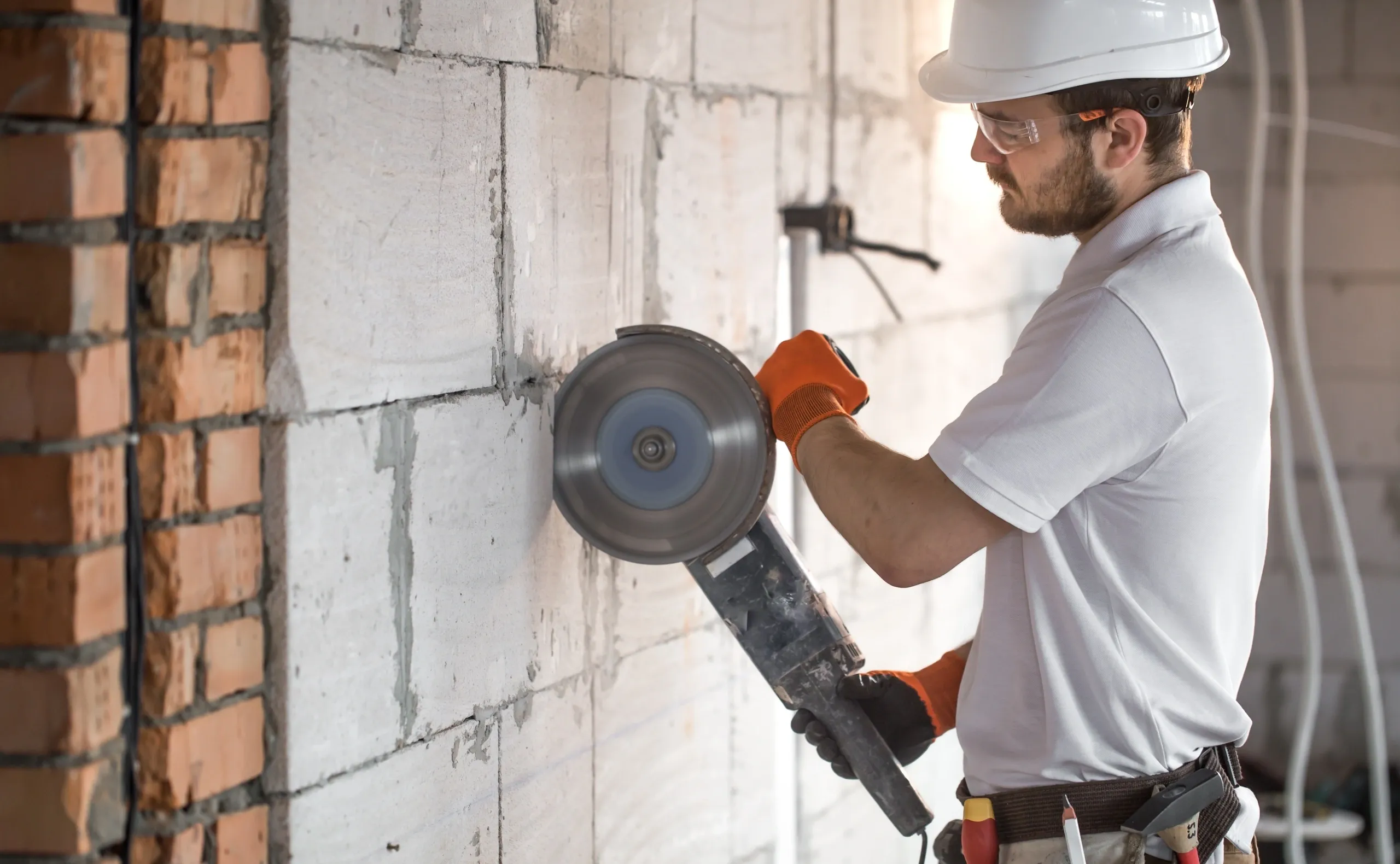
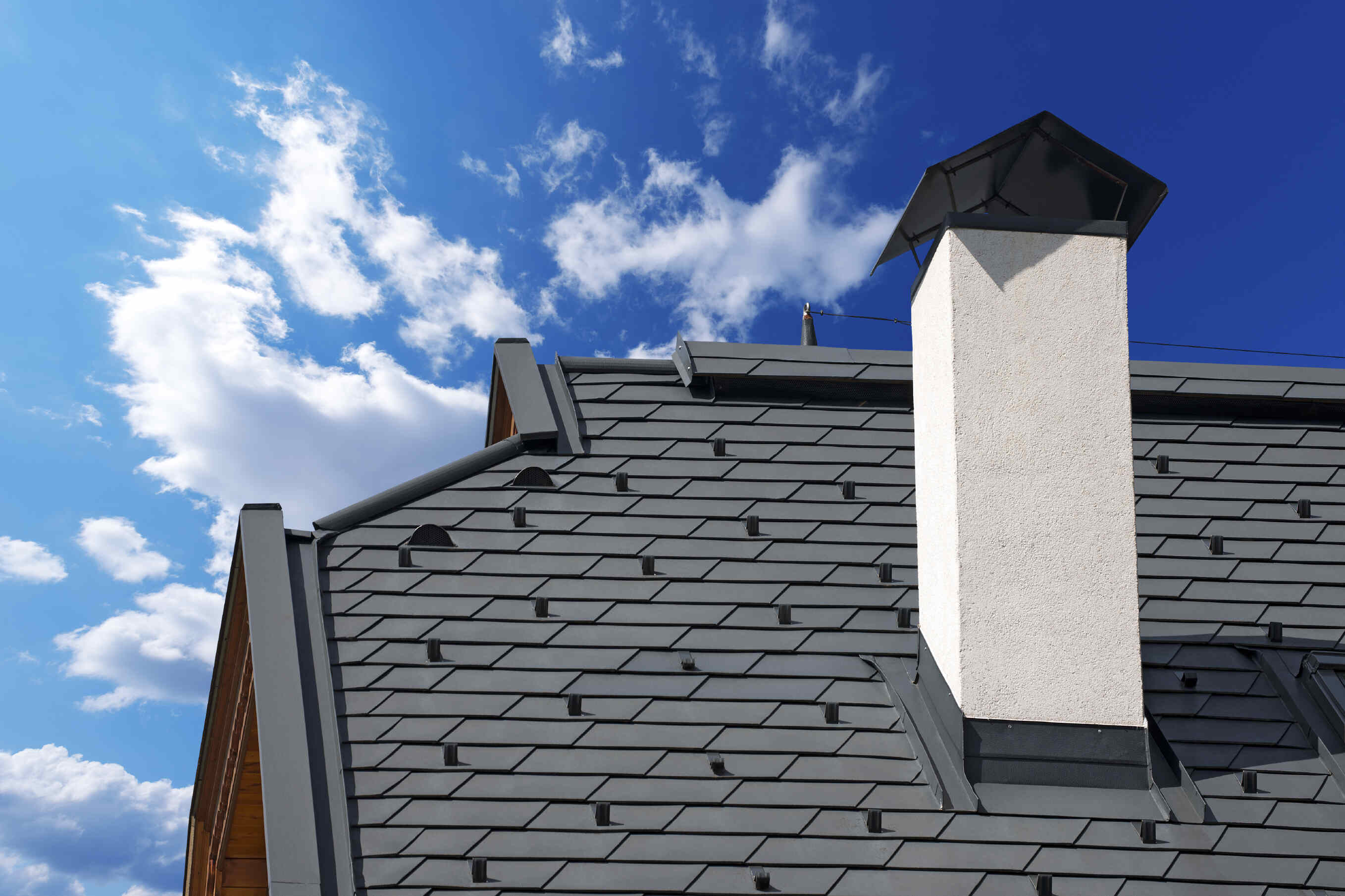
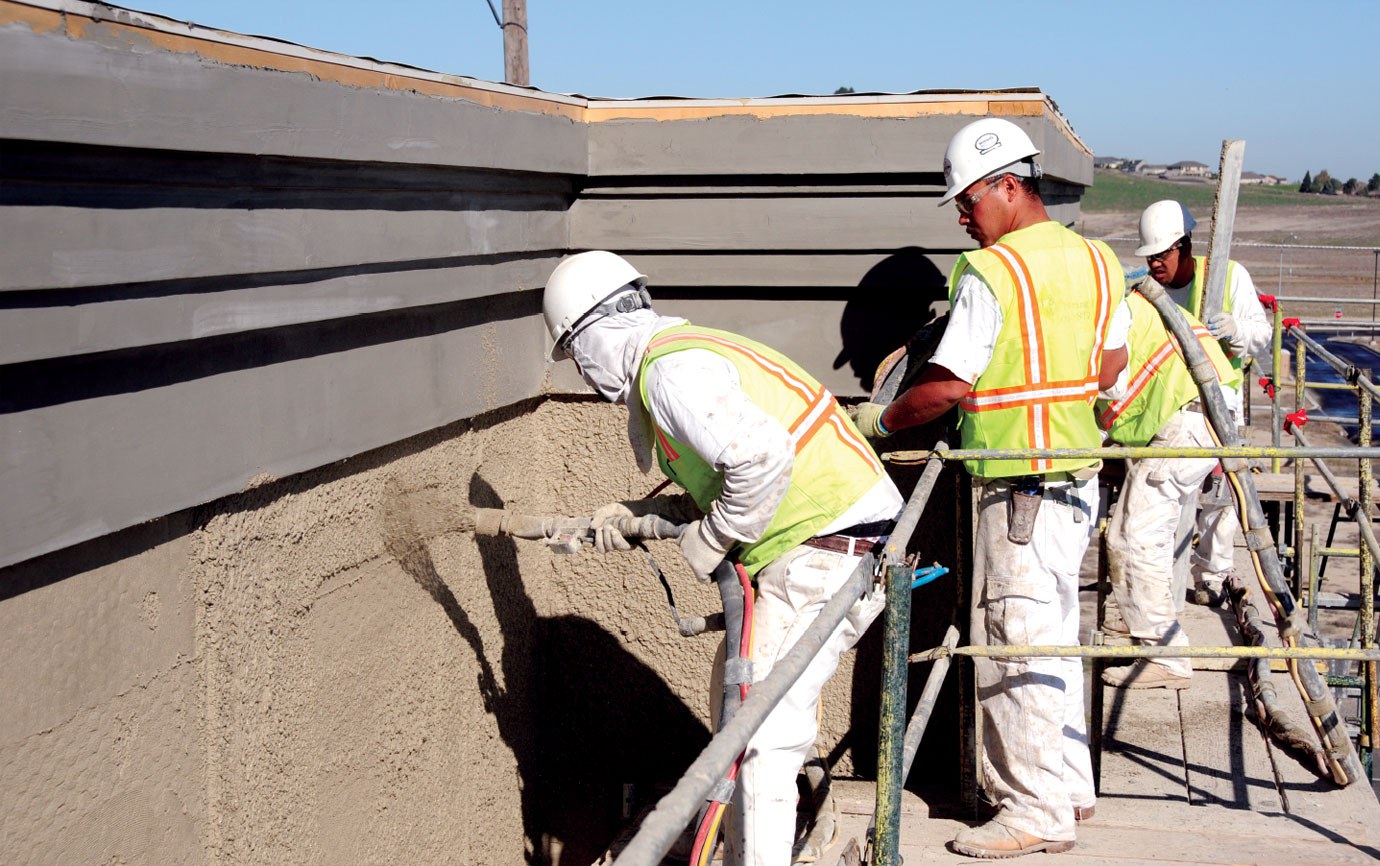
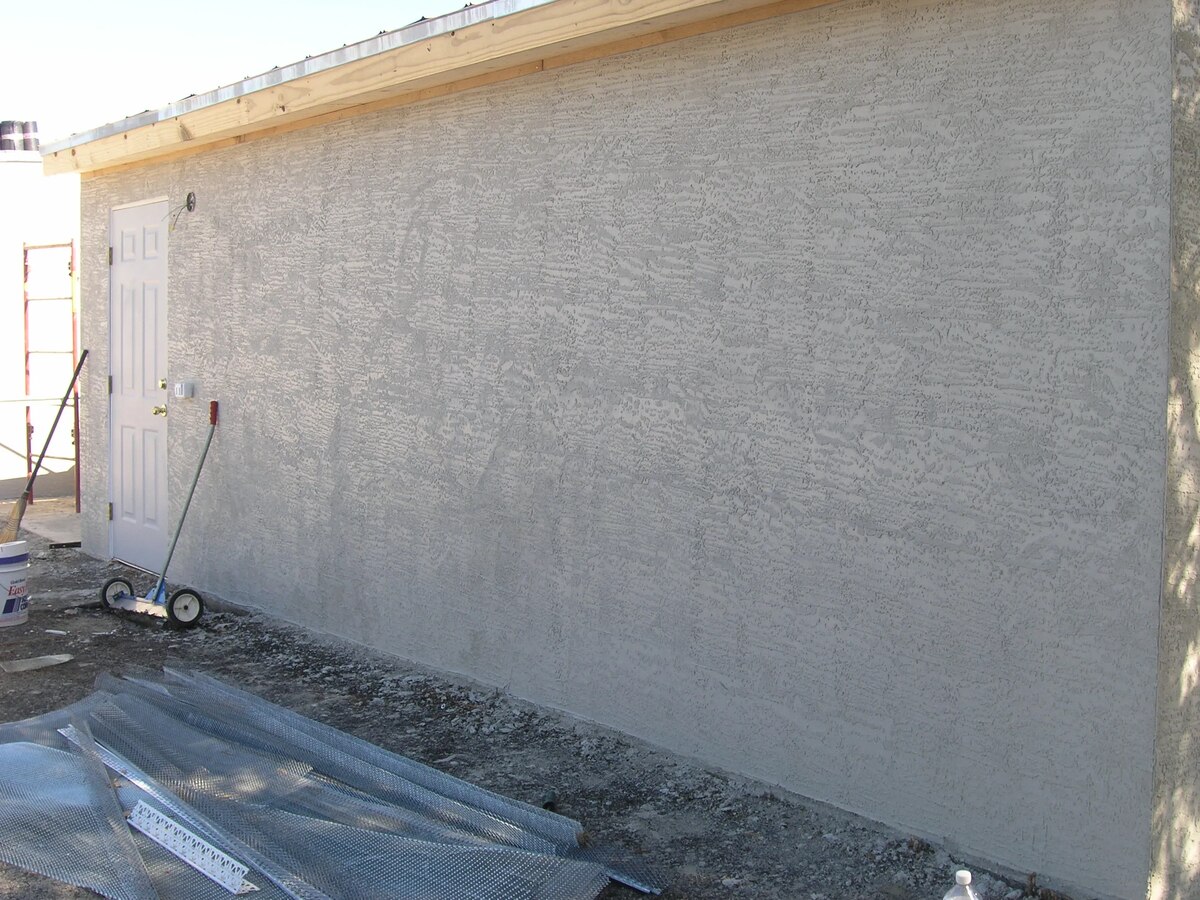
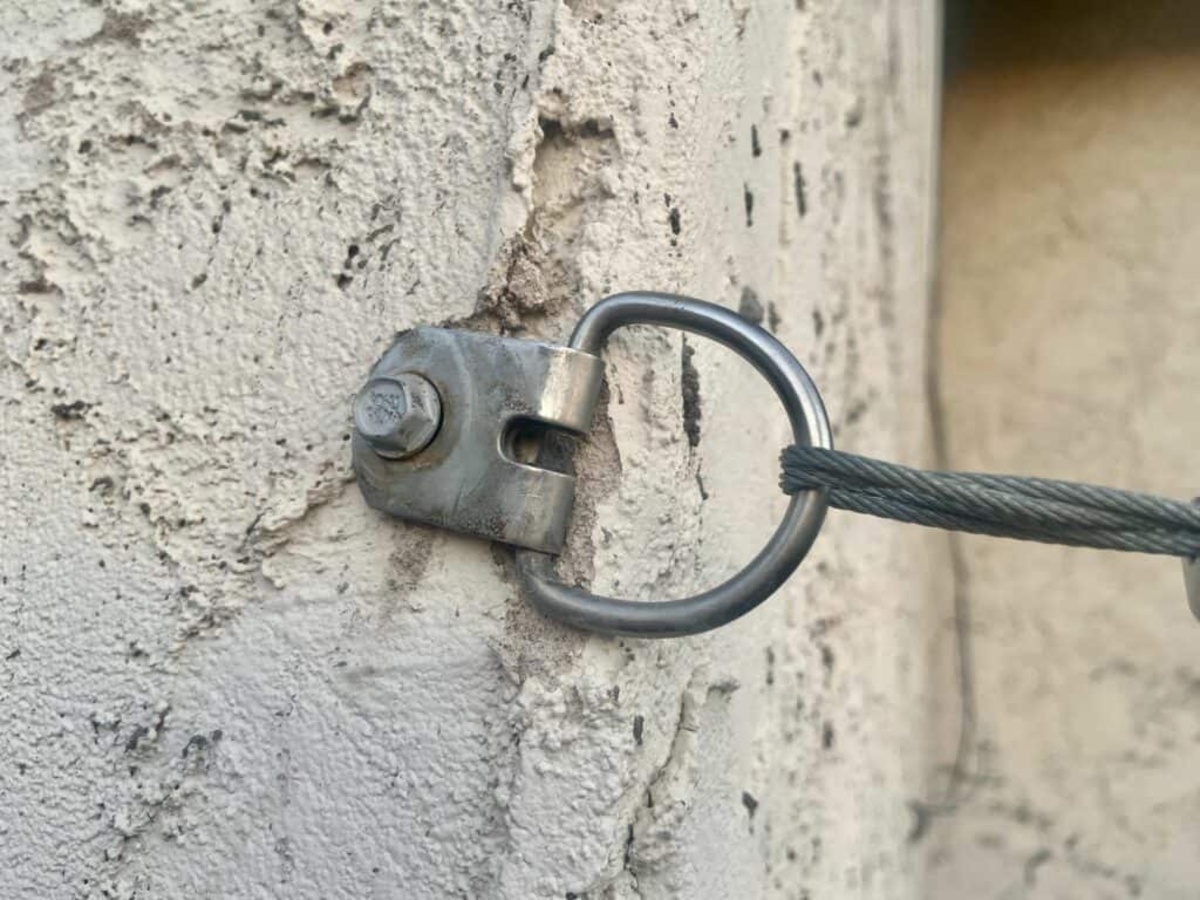
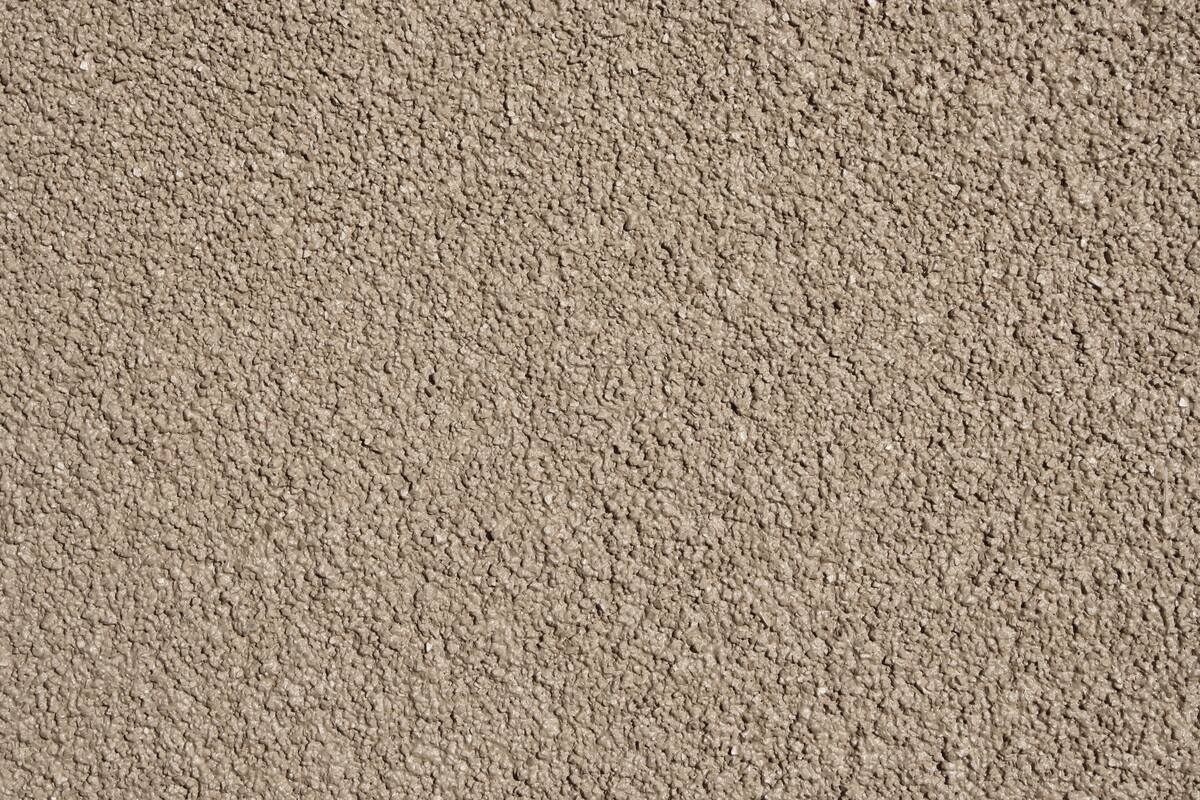
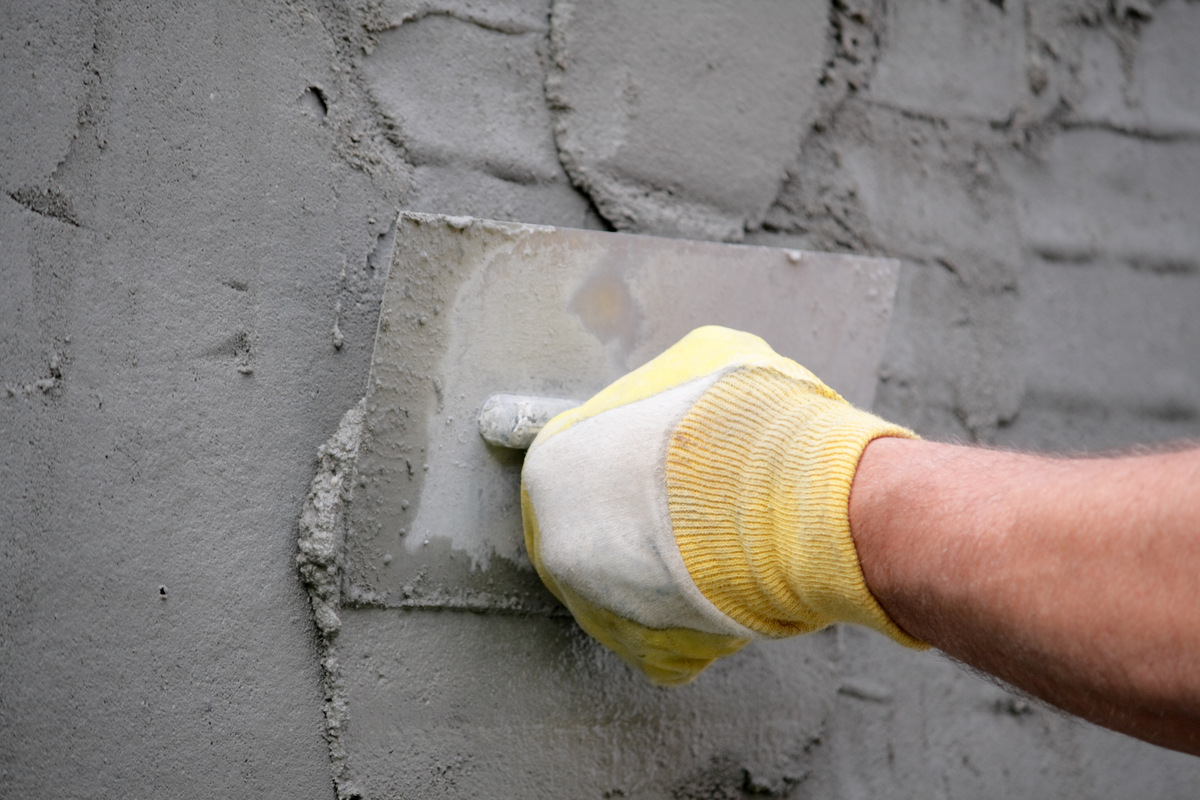
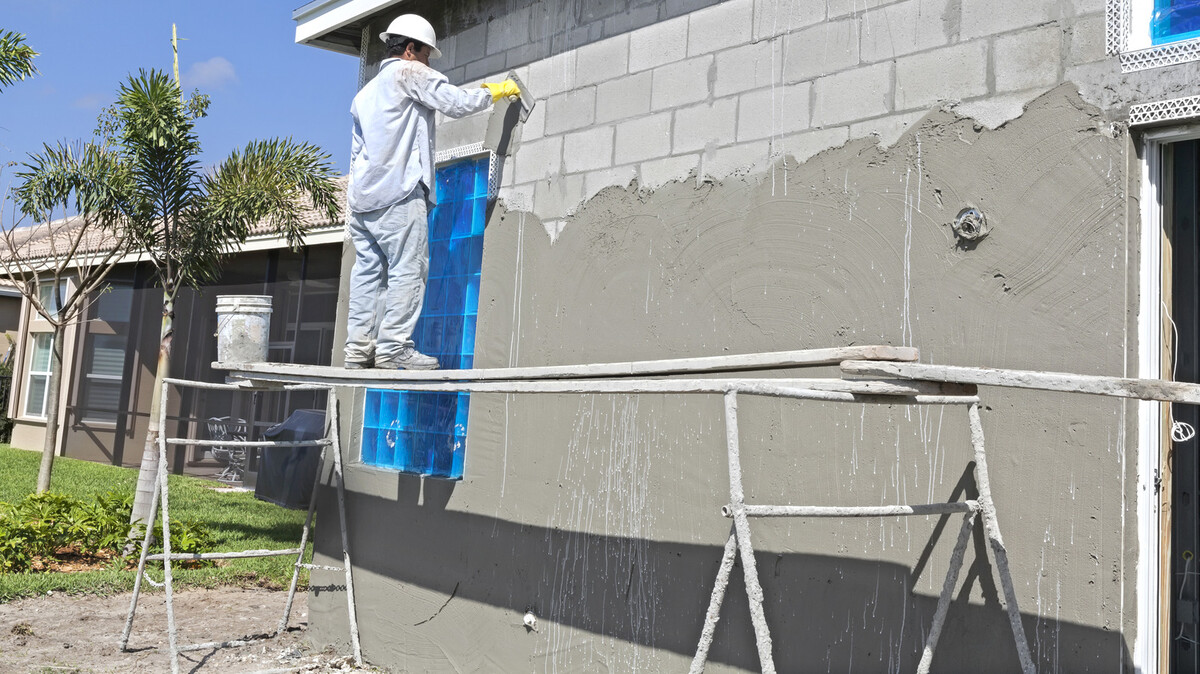
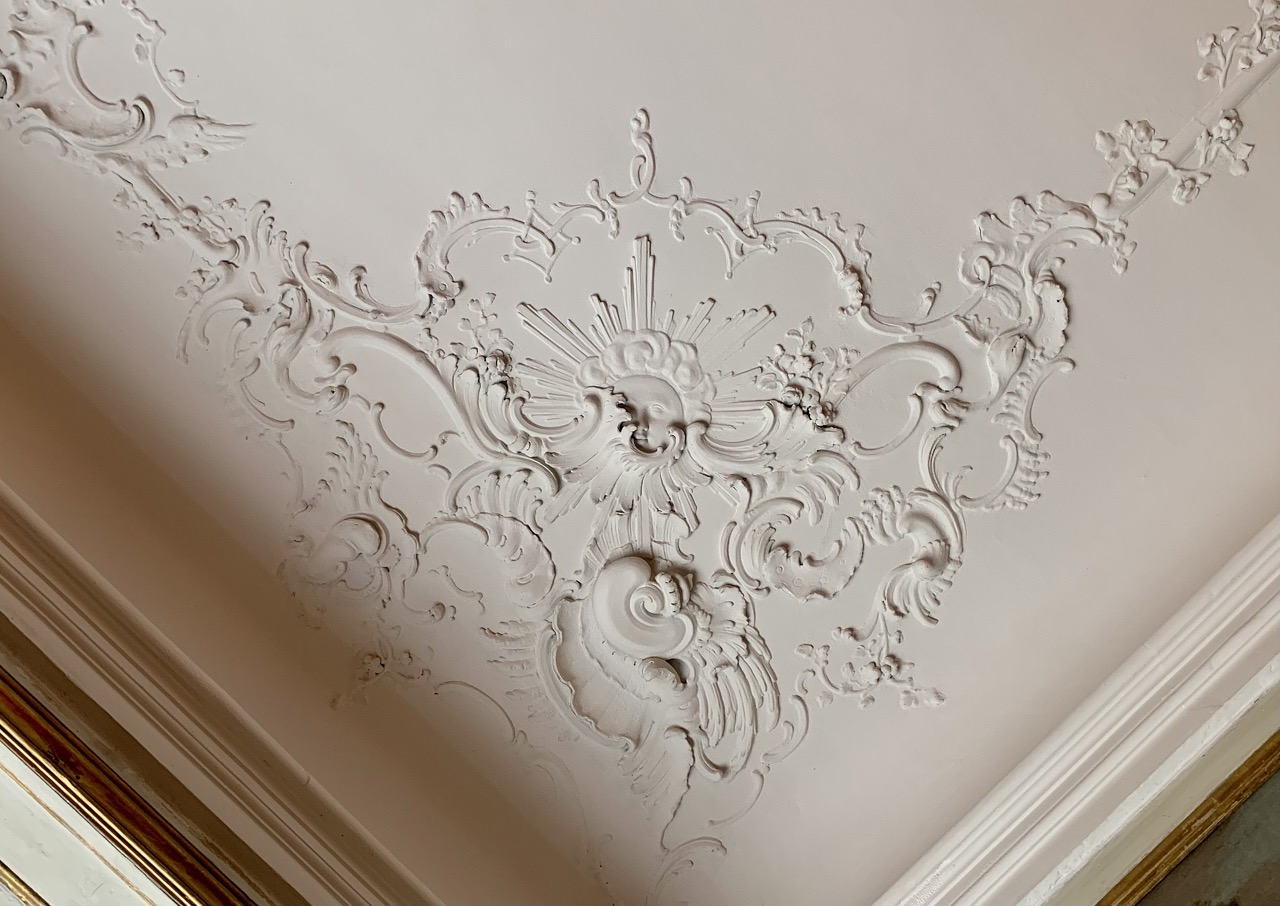
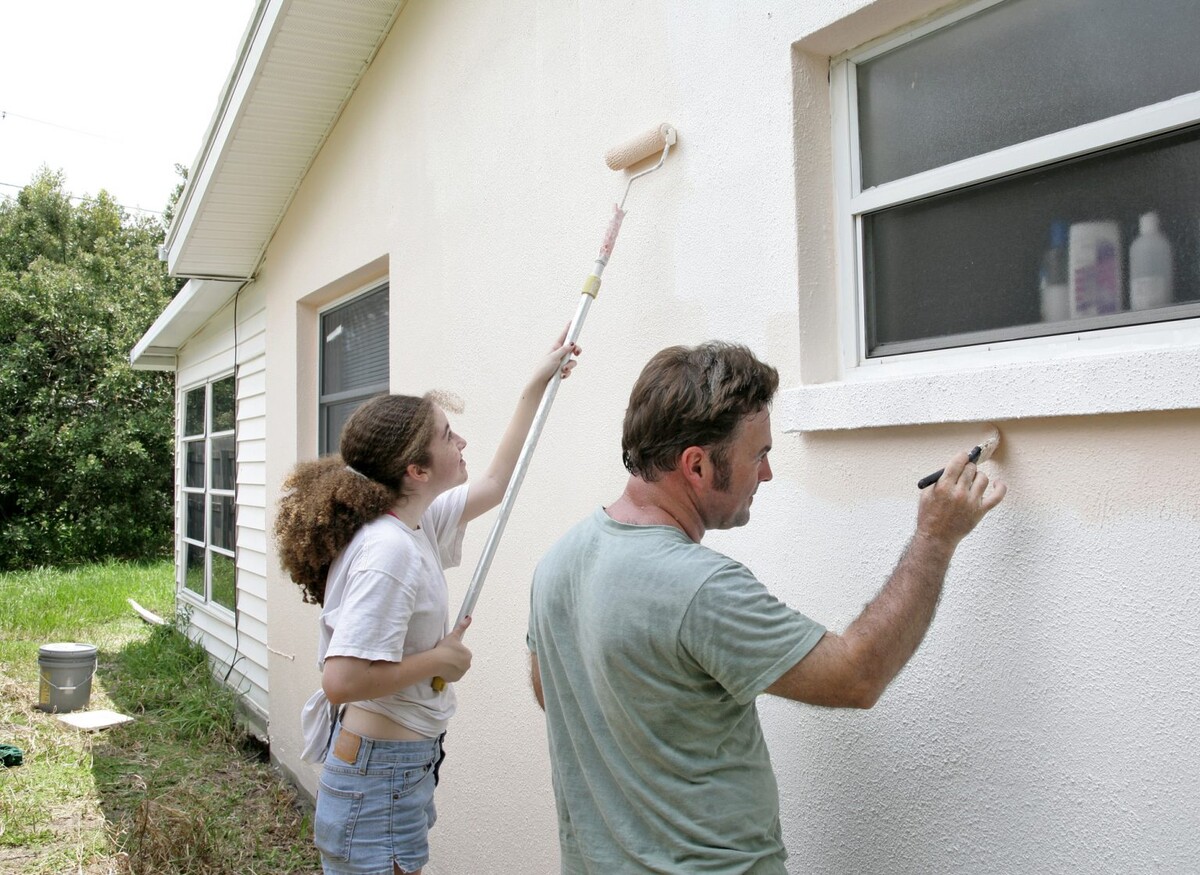
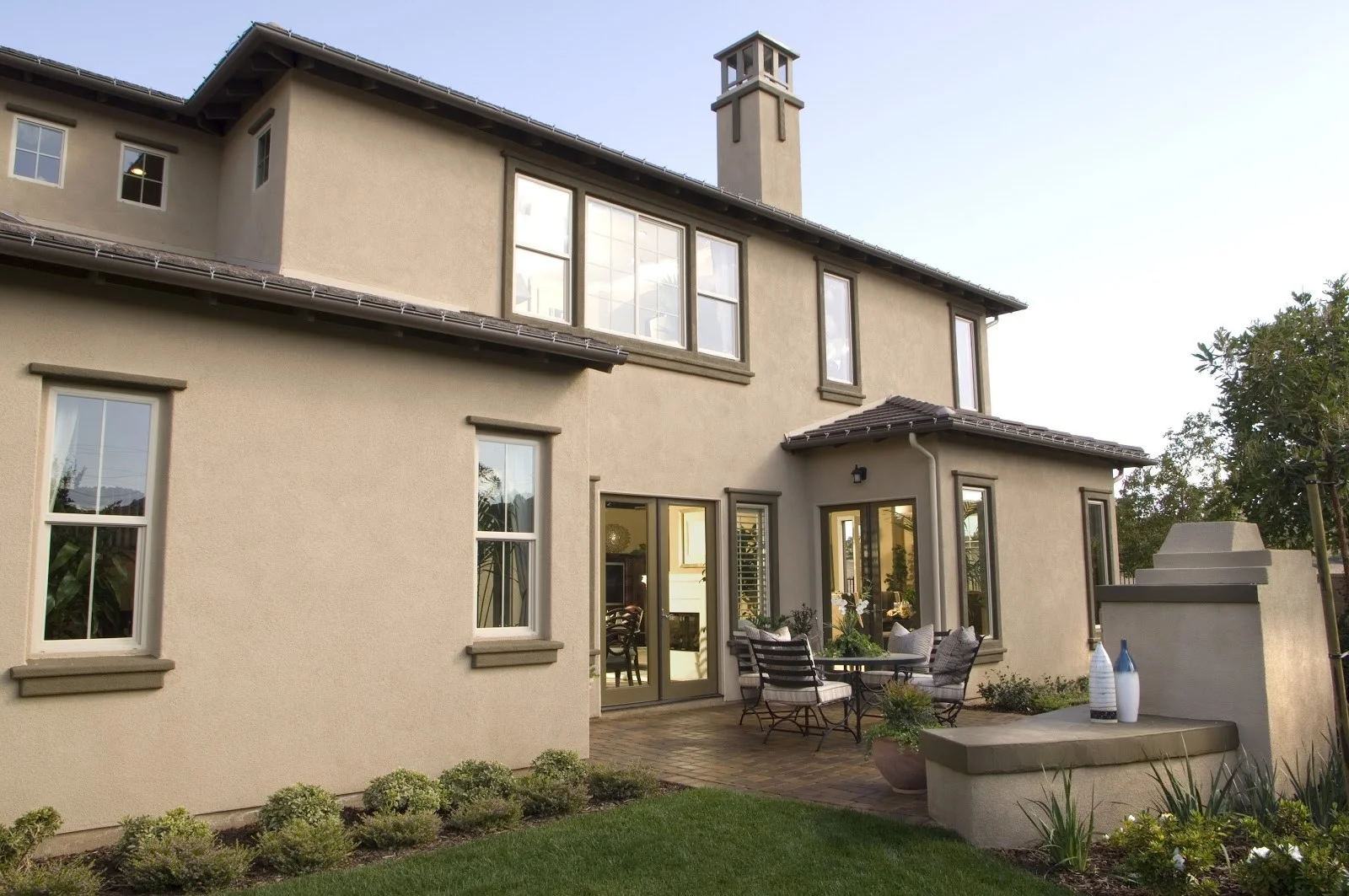
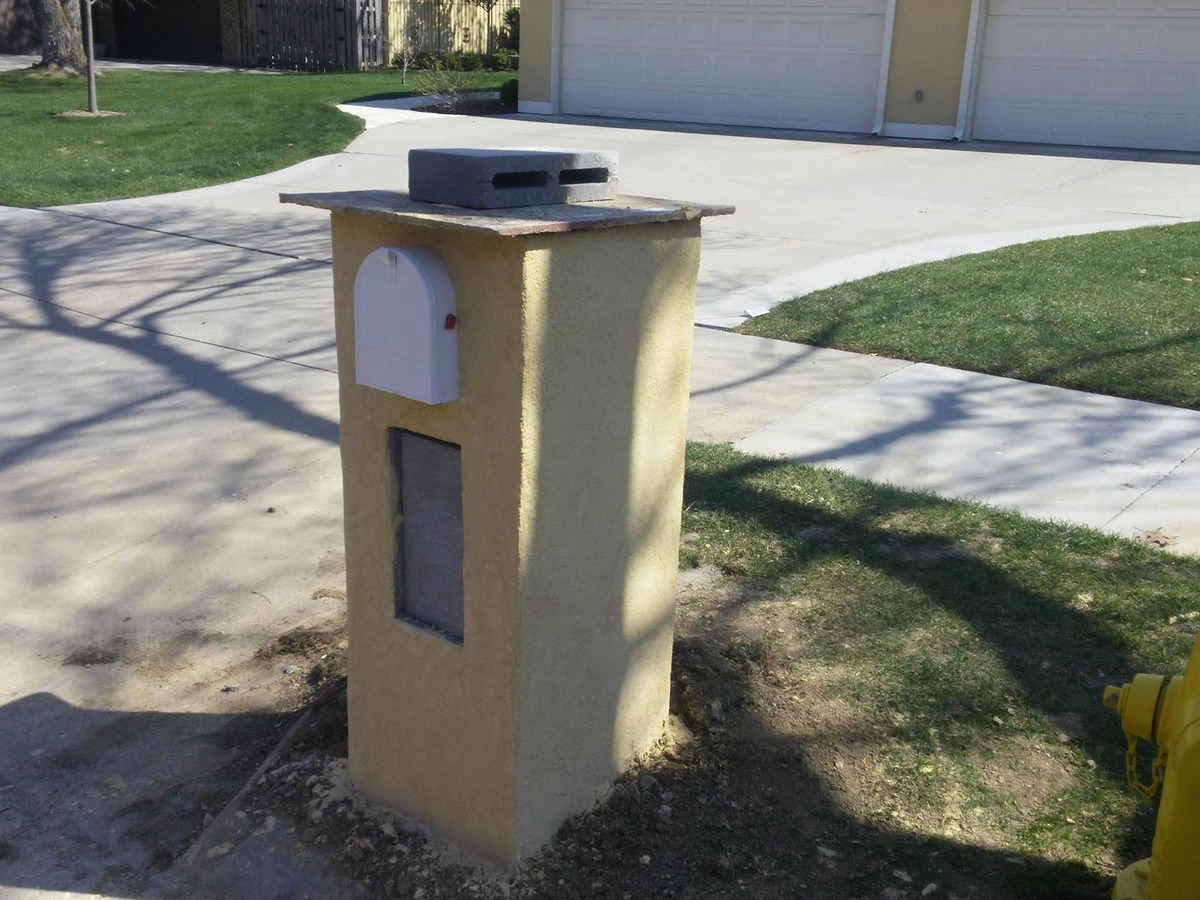
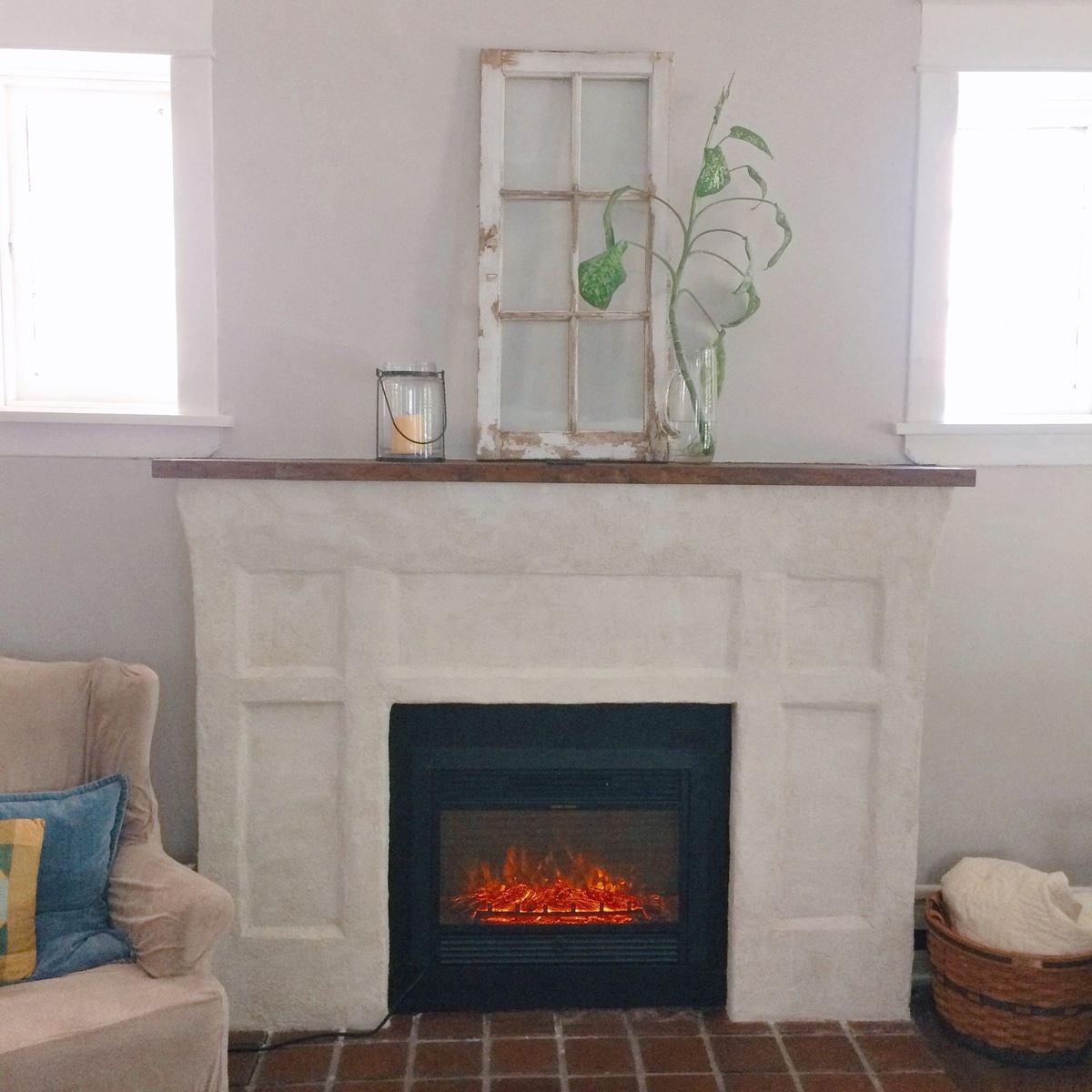


0 thoughts on “How To Inspect Stucco”